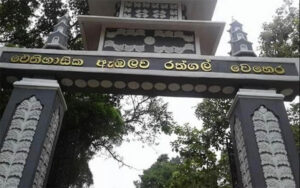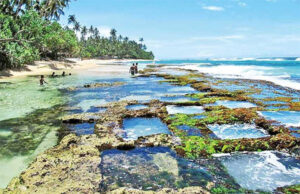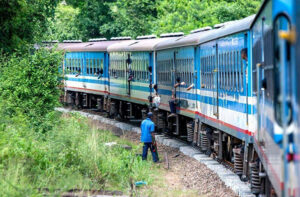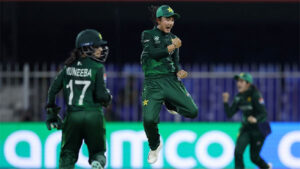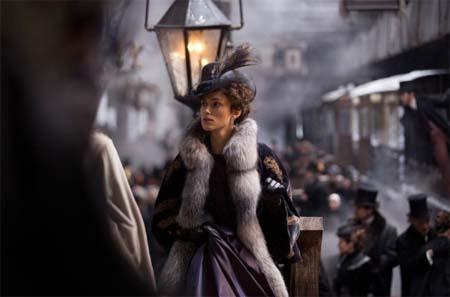
Leif Nikolaevich Tolstoy (1828 – 1910) is considered one of the greatest novelists of Russian literature. The book War and Peace, written during his mature years, attracted much attention from critics and readers alike. During his student years, he entered the University of Kazan and studied English, Italian and Greek.
He was born in a village called Yasyana Polyana. He joined the military service to fight Turkish guerrillas in the Caucasus region of Russia and used his experience to create his own.
Tolstoy’s first work, The Infant, Child, and Youth (1852), is considered to be an autobiographical feature. Tolstoy’s work includes the novels War and Peace (1869), Anna Karenina (1873), When Ivan Ilyevich’s Death (1886), and the Croitscher Sonata (1889).
Although he is interested in short stories and short stories such as ‘The Land’ (1886), ‘The Monsters’, ‘How Much Land Is Needed’, the quality of his short stories outweighs the effectiveness of his short stories.
Other than literary works, he wrote books such as ‘What is Art ?,’ (1897) and ‘My Confessions’ (’81). Tolstoy’s last book, Haji Mourad, died before the publication of the flag, and social discourse has developed over the disputes over his publication.
After marrying Sonya Andriyvna, she had 12 children, some of whom died prematurely. There has been separate literature on Tolstoy’s married life, and books on personal matters are abundant.
He was named as the mirror of the Russian Revolution because of his literary works, and the social force needed for the Russian Revolution in October 1915.
Even the outskirts of Russia were revered by the peasantry and Tolstoy’s genuine lifestyles as a Russian villager, who was stripped of his position and inspired to reveal the true story of the aristocracy.
Tolstoy’s biographies, articles, and diaries were previously published by writers from both countries, and his work is still being debated and researched.
